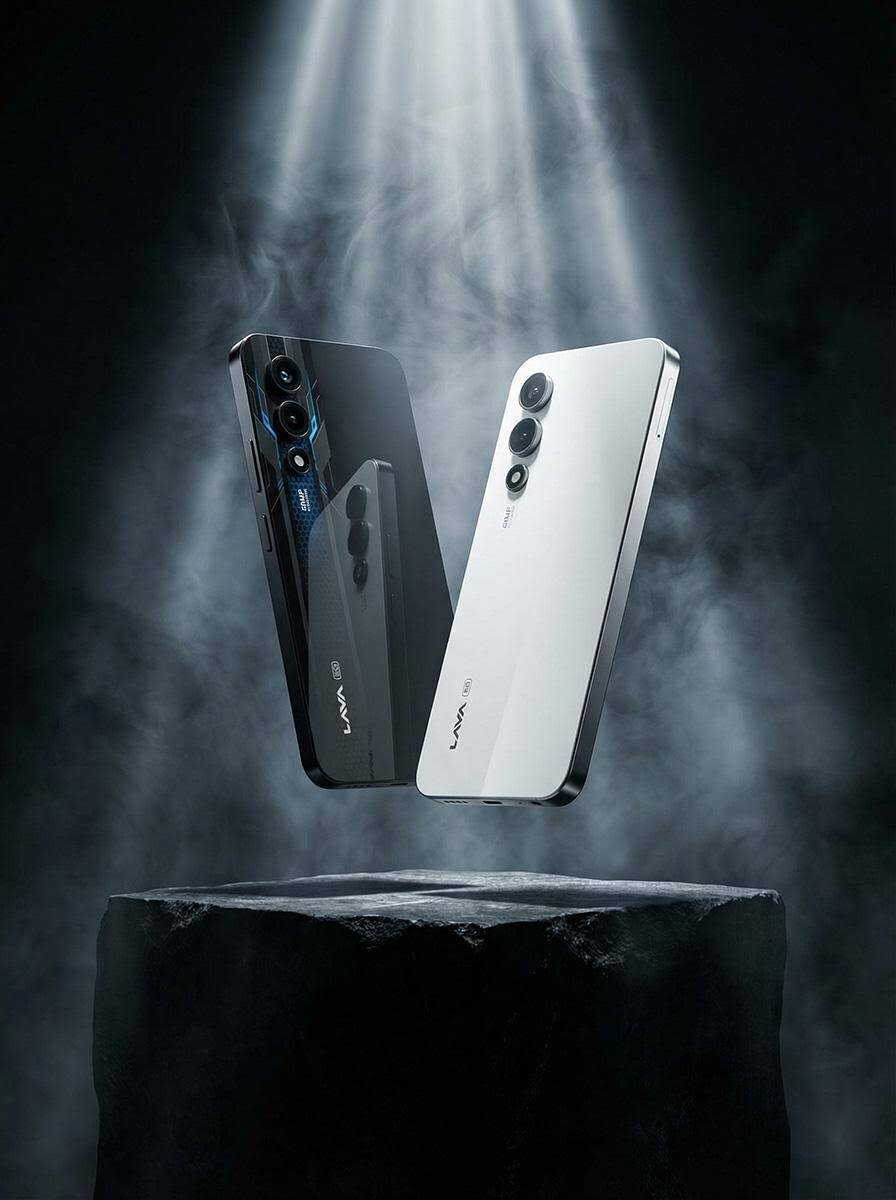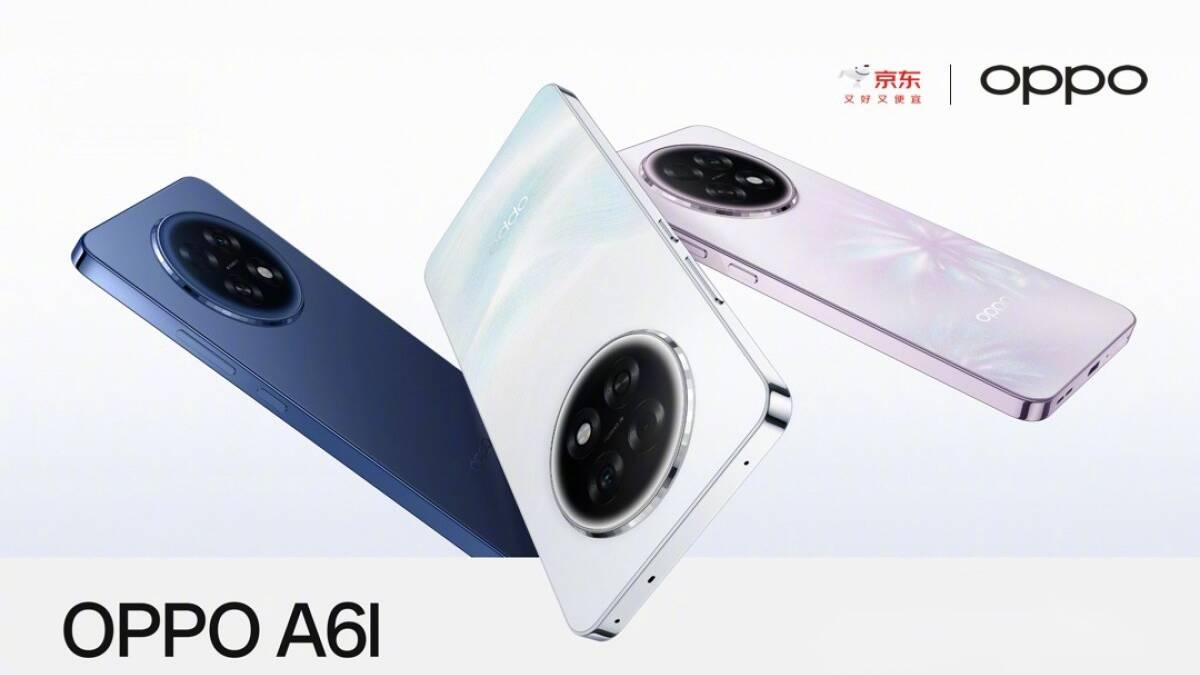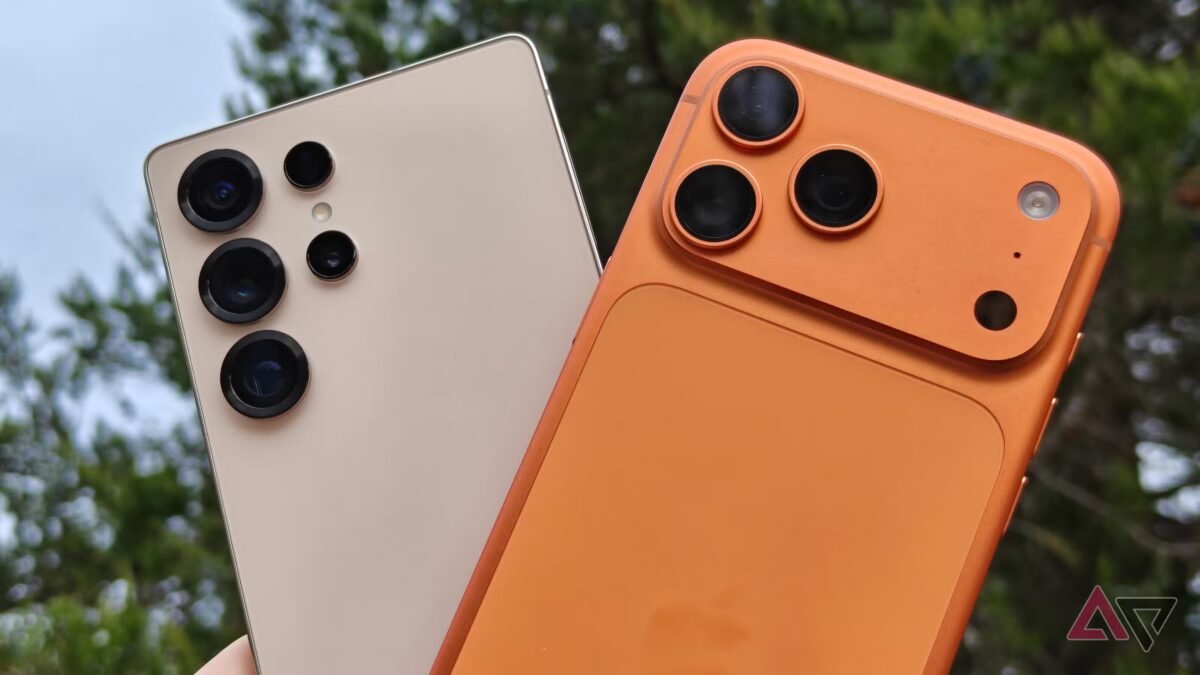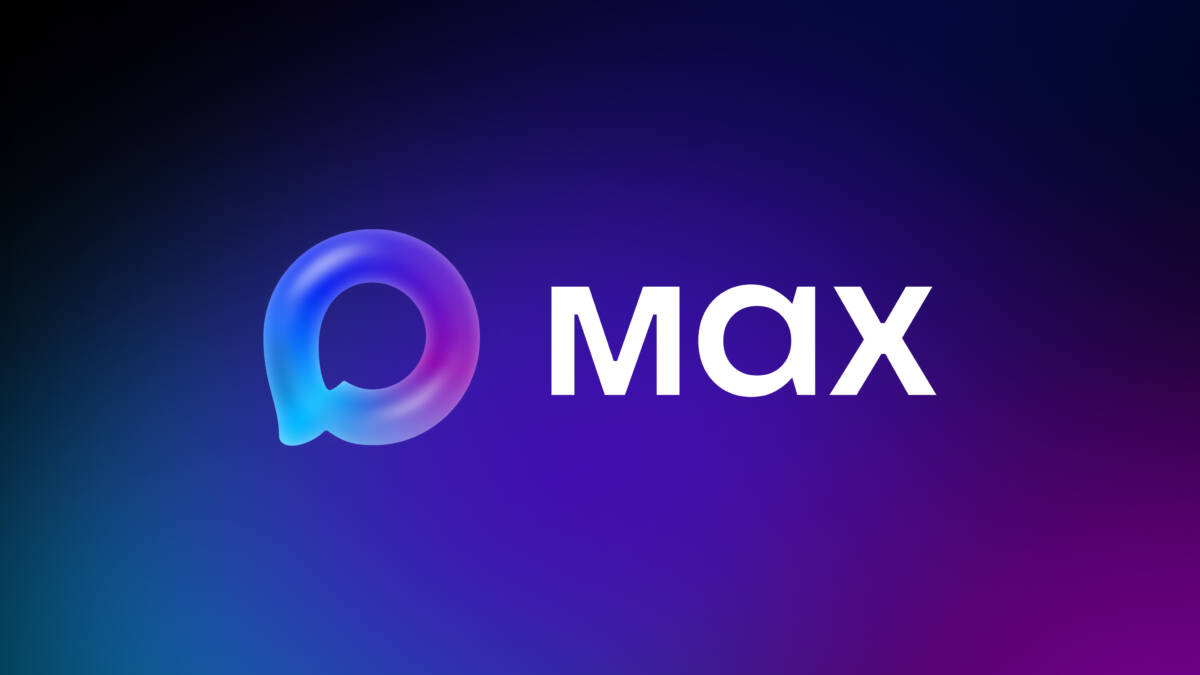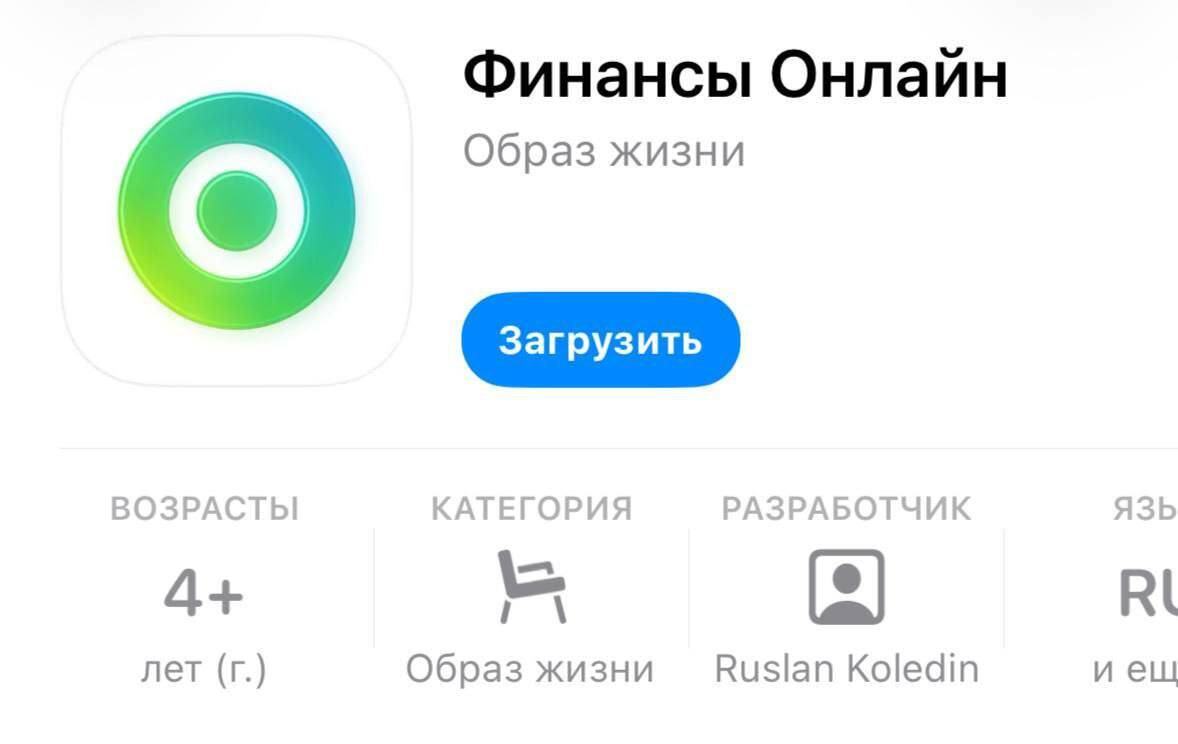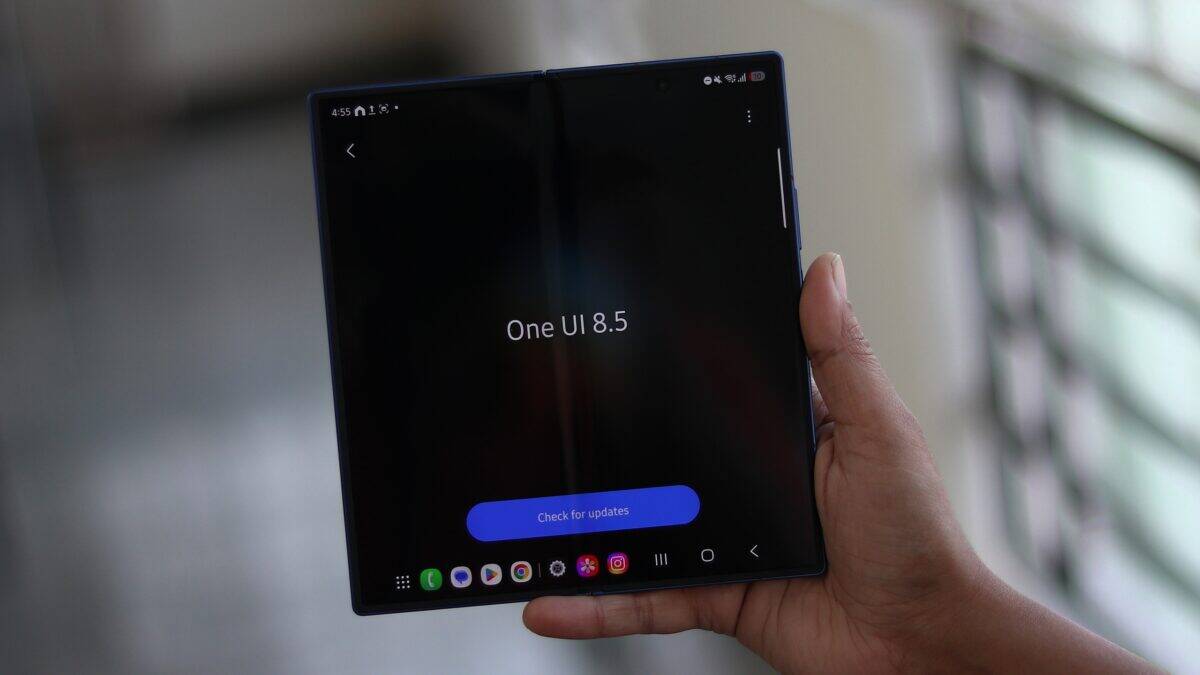Android 16 beta promises greater photo control
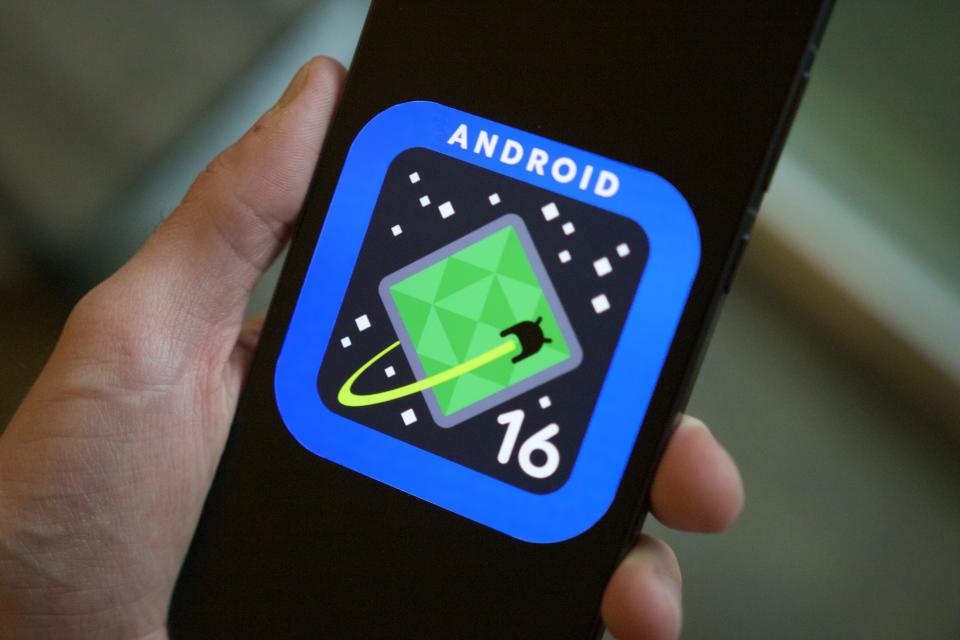
Google has started releasing the second beta update of Android 16 for the Pixel. The company is making several changes to the platform that will improve the mobile camera experience in the near future.
A few changes are coming to the platform.
The most notable change is the new hybrid auto-exposure system that came along with the Camera2 API update. Until now, users only had access to basic auto exposure controls for shooting stills and video. For more in-depth control, there was no choice but to use the overloaded Pro mode.
The new Hybrid Auto Exposure system is now available in the Camera2 API.
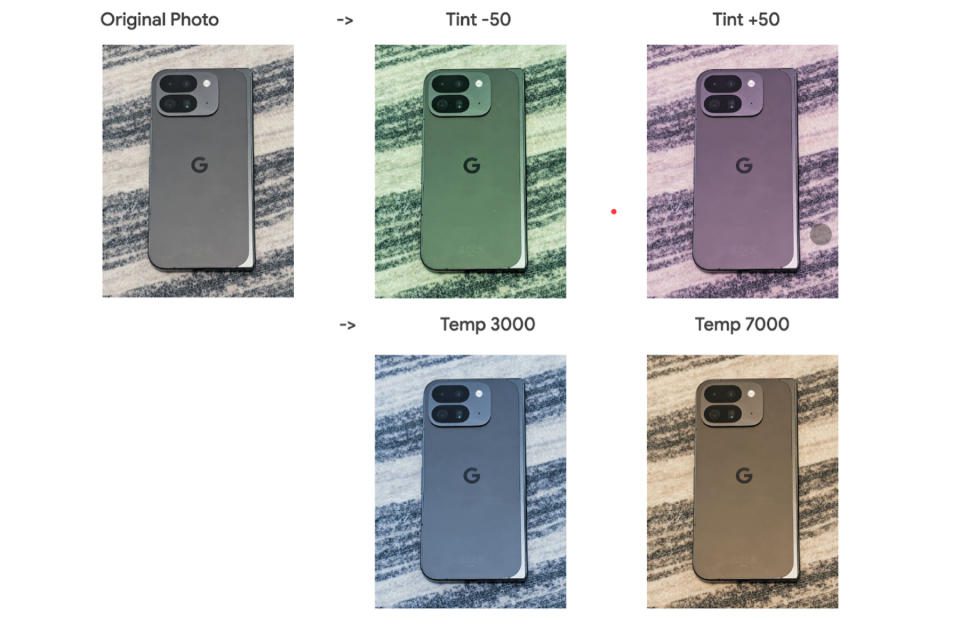
With the new hybrid system, users will be able to fine-tune ISO levels and exposure times, while the algorithmic auto exposure system handles the rest of the aspects. Greater control over exposure opens up the potential for better high dynamic range images, panoramas and artistic shots in challenging lighting conditions.
The new hybrid system allows users to fine-tune ISO levels and exposure times while the Algorithmic Auto Exposure System handles the rest.
Smartphone manufacturers typically use their own approach to automatic exposure adjustment, but the results they produce aren’t always attractive. The hybrid approach gives you control over the most important aspect without overwhelming you with pro mode dials and scales.
A hybrid approach gives you control over the most important aspect without overwhelming you with pro mode dials and scales.
Another useful feature introduced in Android 16, — is the ability to adjust frame temperature as well as hue levels, thanks to a new color correction system. Once again, this gets rid of the problems associated with the opaque automatic white balance adjustment system.
Another useful feature is the ability to adjust frame temperature as well as hue levels, thanks to a new color correction system.
With detailed hue management and color adjustment, users can compensate for any differences in ambient light and achieve the desired color tone in their videos. Finally, the update also introduces support for capturing moving photos.
The update also introduces support for capturing moving photos.
Google has implemented a somewhat similar system for video shooting in its Pixel phones, tying it to panning and long exposure modes. There’s also a Top Shot feature that lets users select the perfect shot from a clip or photo they’ve taken.
Another feature is the Top Shot feature, which lets users select the perfect shot from a clip or photo they’ve taken.
This isn’t quite the Live Photo system you see on the iPhone, however, and there’s a similar implementation on a few other smartphones like the OnePlus 13. With the advent of Android 16, the process of shooting and watching videos is becoming more standardized.
Those who like to shoot in UltraHDR will be happy to see support for the HEIC format, which requires less internal storage without compromising on quality. Google says it’s also working on adding support for the AVIF format in the future.
Add support for the AVIF format.
Android 16 will reach platform stability in the coming months, and a stable version will be released earlier than previous versions. For now, Android 16 beta testing is limited to Google’s Pixel series of devices.
Android 16 will be released in the coming months, with a stable version coming sooner than previous versions.
The Android 16 beta promises greater photo control was first published on ITZine.ru.

